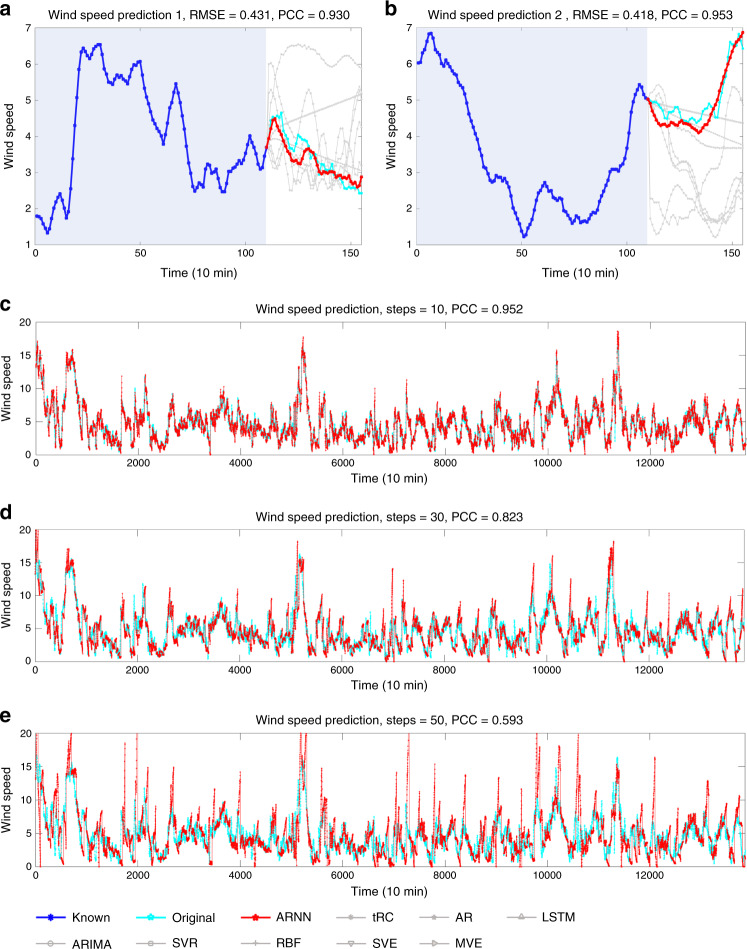Fig. 3. Wind speed prediction in Wakkanai, Japan.
Based on the time-course data of D = 155 sampling sites in Wakkanai, Japan, ARNN was applied to forecast the wind speed (m = 110). The prediction performance of different methods is shown over two periods (L − 1 = 45) in (a, b). The performance of ARNN is significantly better than that of the other methods. The Pearson correlation coefficients (PCCs) between the ARNN prediction result and the original curve are 0.930 (a) and 0.953 (b). To demonstrate the robustness of our proposed method, ARNN was applied to the whole time series (time point 1–13,860, interval 10 min, 96 days). The results are exhibited for different sets of prediction steps, that is, prediction steps L − 1 = 10 (c), L − 1 = 30 (d), and L − 1 = 50 (e). Clearly, given the fixed known length, predicting a shorter span is more accurate. Overall, the performance of ARNN with different prediction steps is robust and satisfactory for the whole period of 138,600 min.

